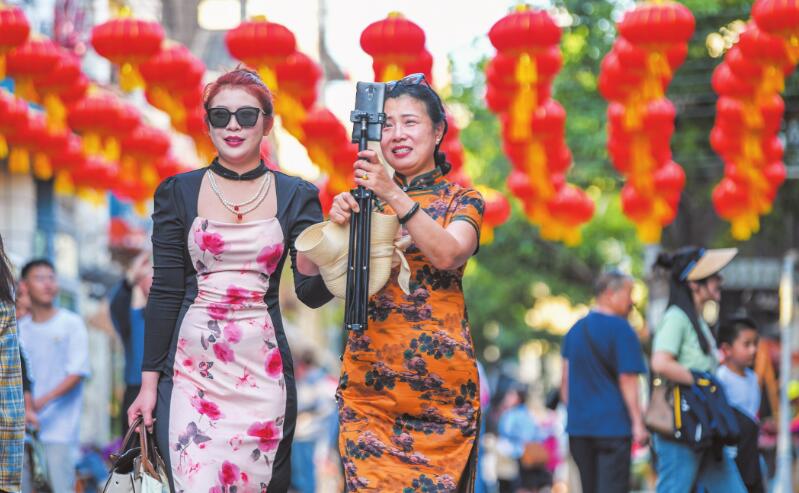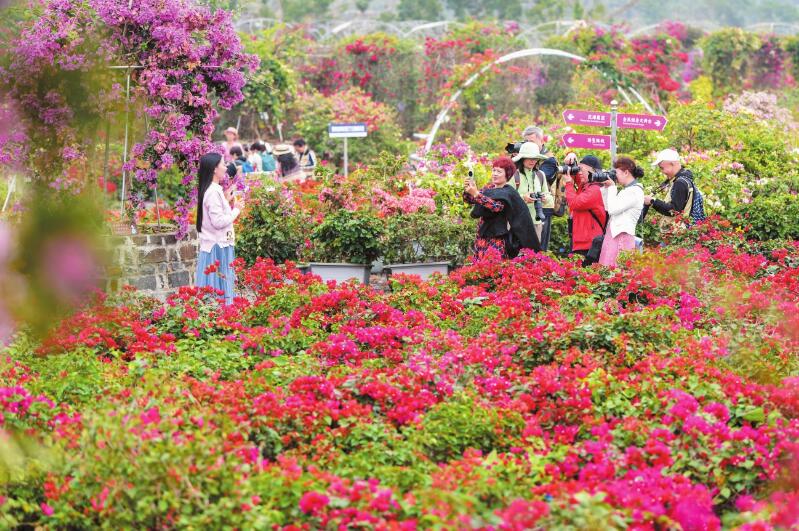第二个日本侵华战犯档案公布 曾屠杀村民
笔供内容提要(中文 )
藤田茂
据藤田茂1954年8月笔供,他1889年生于日本广岛县。1938年8月到中国山西参加侵华战争,任陆军骑兵第28联队大佐联队长。1945年3月任第43军第59师团中将师团长。1945年8月在朝鲜咸兴被俘。
重要罪行有:
1938年8月,在山西河津逮捕住民6名,“讯问这些被逮捕的人民时使用拷问、殴打等方法手段且杀害了”。
1938年11月,在山西运城东北40公里的三路李村,“搜索屠杀了多数三路李村住民”。
1939年1月中旬,在山西安邑县张良村,“对军官全体教育说‘为使兵习惯于战场,杀人是快的方法,就是试胆。对此使用俘虏比较好’ 。‘刺杀比枪杀有效果’”。4月,在夏县,“我命令第1中队长……让部下的9名兵刺杀了俘虏”9名。8月15日,在山西泽州,“我让把8名俘虏交给第1中队,把9名交给第2中队作为教育材料刺杀了”。
1944年3月—1945年4月,任骑兵第4旅团长期间,“瓦斯弹:使用74发(绿弹)”。
1944年4月10日, “我在归德旅团司令部,召集各队长,命令”“使用瓦斯弹的权限给予联队长,在此作战期间,骑炮1门携带20发瓦斯弹,联队炮1门携带10发瓦斯弹”,“俘虏尽量在战场杀害,算入‘战果’”。
1944年5月2日,在河南许昌西南10公里的黄旗卫村,“刺杀俘虏4名”。
1944年5月21日,在河南洛阳,“击毙中国人民12名(1名是妇女)”。
1944年10月26日,在河南太康附近,“拷问杀害中国人民6名”。12月16日,在黄河北左岸归德北方地区,“拷问杀害中国人民11名”。
1945年3月27日,“在竹林桥北200米的邓县——老河口道上的约50户村庄,把合住民,连老人、妇女、小孩,……屠杀了这些住民”。同日,“在马屈山攻击使用了瓦斯弹”。
1945年5月9日,在山东沂水西北25公里的石桥“杀害很多中国人民”,“放火,全部烧毁石桥村”。同月“作战期间,使令防疫给水班使用霍乱菌,实施了细菌战”。攻击在豪山的八路军时,“使用了瓦斯弹、瓦斯筒”。“为了预防遭受八路军所埋设的地雷之害,则称谓领路,使十几名人民先行的事实是使令实地趟地雷了”。
1945年6月,“在济南的虐杀俘虏”,“把使用于阵地构筑的济南俘虏收容所600名以上的俘虏,在6月15日以后使用于教育刺杀了”。
“停战后的处理。(1945年)8月17日召集各大队长命令如左:1.销毁各种文件(消灭日本帝国主义的罪行,尤其湮灭对共产党弹压的证据),2.埋没特种弹(瓦斯弹、烧夷弹、发烟弹、曳火弹、及一部分信管),3.销毁防毒面(具)……”。
笔供英文内容提要(Abstract of the Written Confessions in English)
Fujita Shigeru( 藤田茂 )
According to the written confession of Fujita Shigeru in August 1954, he was born in 1889 in Hiroshima Prefecture, Japan and went to Shanxi, China in August 1938 to join the Japanese War of Aggression against China, serving as colonel and commander of the 28th Cavalry Regiment. He took the position of lieutenant general and commander of the 59th Division of the 43rd Army in March 1945. He was captured in Hamhung, the Korean Peninsula in August 1945.
Major offences:
August 1938: arrested 6 local inhabitants in Hejin, Shanxi, “interrogated these arrested people through torture and beating, and killed them”;
November 1938: “searched for and killed most of the inhabitants of Sanluli Village” in Sanluli Village, 40 kilometers to the northeast of Yuncheng, Shanxi;
Mid-January 1939: in Zhangliang Village, Anyi County, Shanxi, “told all officers, ‘Killing people is a quick way to get soldiers accustomed to the battlefield, as it can test their courage. For this purpose, it is better to use the captives.’ ‘Bayoneting is more effective than shooting.’” In April, in Xiaxian County, “I ordered the commander of the First Squadron…to order 9 soldiers under his command to bayonet to death 9 captives。” On 15 August, in Zezhou, Shanxi, “I ordered the First Squadron and the Second Squadron to take 8 and 9 captives respectively as teaching materials and bayonet those captives to death”;
From March 1944 to April 1945: “used 74 gas shells (green colored shells)” while serving as commander of the 4th Cavalry Brigade;
10 April 1944:
“I called all regiment commanders together at the Brigade Headquarters in Guide and ordered that” “regiment commanders could authorize the use of gas shells. During the battles, 20 gas shells are equipped for each cannon of the cavalry and 10 gas shells for each cannon of the regiment”, and “try to kill captives on the battlefield as far as possible and calculate them into ‘combat achievements’”;
2 May 1944: “bayoneted 4 captives” in Huangqiwei Village, 10 kilometers southwest to Xuchang, Henan;
21 May 1944: “shot dead 12 Chinese people (including 1 woman)” in Luoyang, Henan;
27 March 1945:
“massacred all inhabitants of about 50 households in a village along the Dengxian County-Laohekou road, which is 200 meters to the north of Zhulinqiao, killing seniors, women, children… and other inhabitants”; “used gas shells during the attack in Maqushan” on the same day;
9 May 1945: “killed many Chinese people” in Shiqiao, 25 kilometers northwest to Yishui, Shandong, and “burned down the entire Shiqiao Village”; in the same month, “ordered the Epidemic Prevention and Water Supply Squad to use cholera virus to fight a germ war during the battles”; “gas shells and gas canisters were used” when attacking the Eighth Route Army in Haoshan; “to prevent soldiers from stepping on land mines placed by the Eighth Route Army, more than ten Chinese people were ordered to lead the way, i.e. to walk in the mine field in front of the troops”;
June 1945: “maltreated and killed captives in Jinan”, and “over 600 captives of the Jinan Internment Camp who had been forced to build battle positions were bayoneted to death in soldier training after 15 June”;
“Arrangements after announcement of armistice: I called all squad commanders together on 17 August (1945) and ordered them to do the following: first, to destroy all kinds of documents (to get rid of criminal records of the Japanese imperialism, especially the evidence of cracking down on the Communist Party of China); second, to bury special bombs (gas shells, incendiary ammunition, smoke projectiles, light tracers and some fuse tubes); third, to destroy gas masks … …”
相关链接
日本兵家书记录侵华暴行 称杀中国人心情真好
江苏仪征发现"小炮艇" 中日专家鉴定为日军侵华证物
侵华档案:日军射杀中国人后竟然“心情真好”
·凡注明来源为“海口网”的所有文字、图片、音视频、美术设计等作品,版权均属海口网所有。未经本网书面授权,不得进行一切形式的下载、转载或建立镜像。
·凡注明为其它来源的信息,均转载自其它媒体,转载目的在于传递更多信息,并不代表本网赞同其观点和对其真实性负责。








c24cc5bc-fb1f-478e-88a4-1146e40c058b.jpg)
02c2b7af-55a7-4742-b2f1-e3544abe86ae.jpg)
fff2d104-3d3d-4020-83e5-fe02fecf4673.jpg)





37d55342-1f38-4f4f-bde0-071963f087f3.jpg)

97b1ac89-f234-4738-8c73-6eb2057278e9.jpg)


